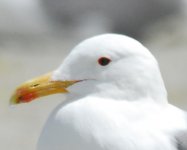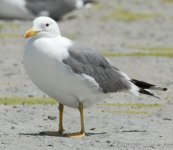AJDH
Well-known member

I posted this picture yesterday (see link) under the title of yellow-legged gull. However some doubt has crept into my mind due to comments from other members. Any suggestions would be welcome so I can correct the entry if required.
Thanks. :T:
http://www.birdforum.net/pp_gallery/showphoto.php/photo/86032/sort/1/cat/500/page/1
Thanks. :T:
http://www.birdforum.net/pp_gallery/showphoto.php/photo/86032/sort/1/cat/500/page/1





